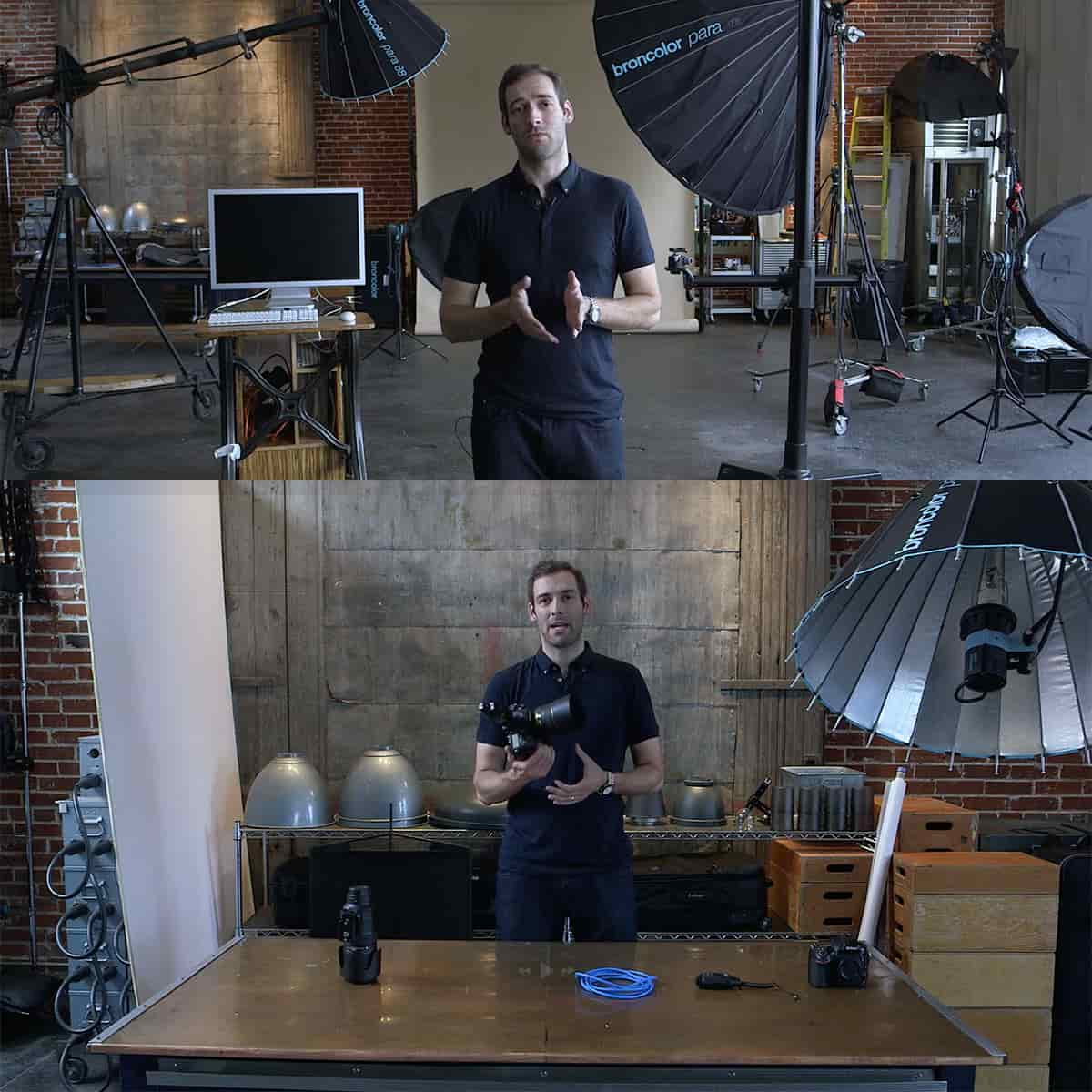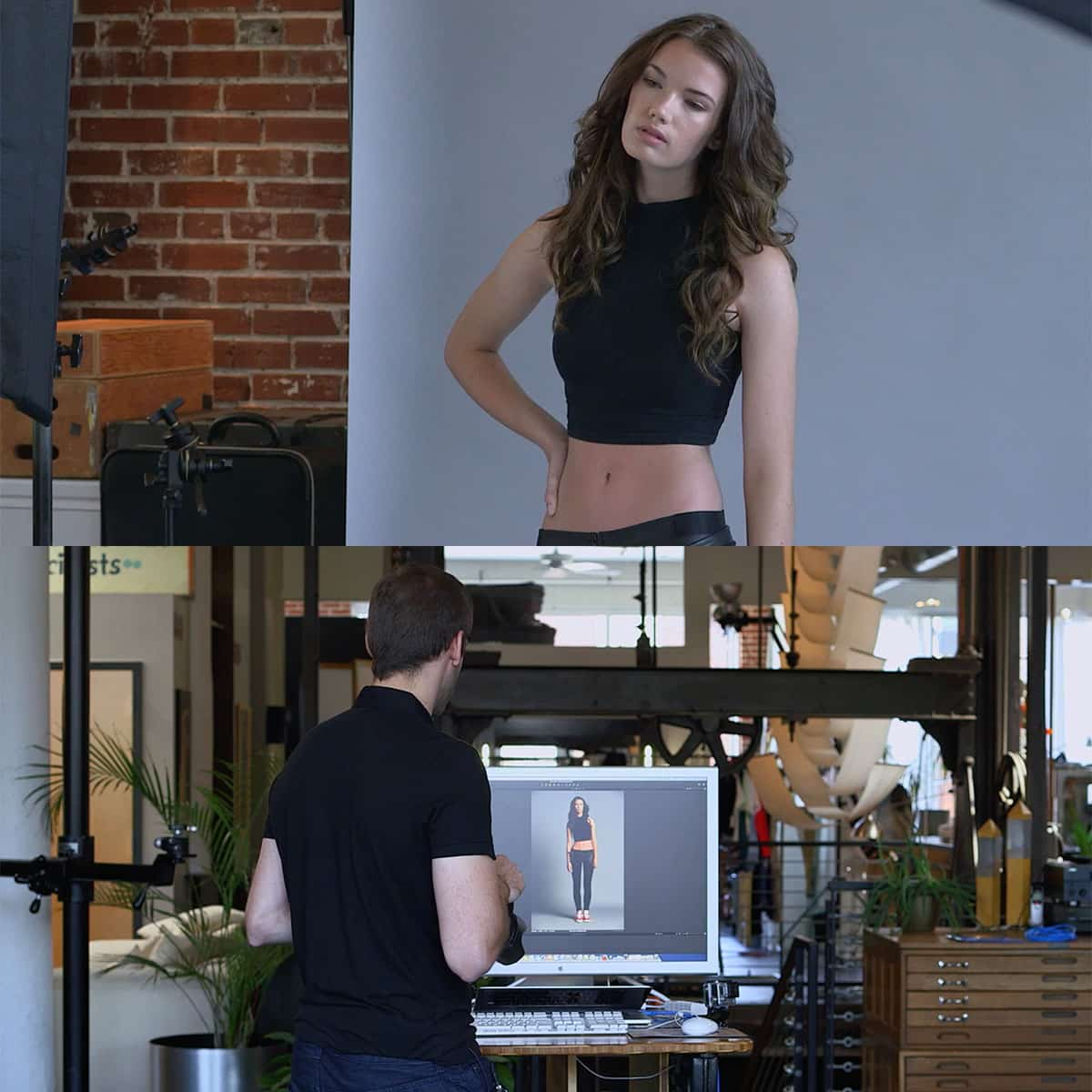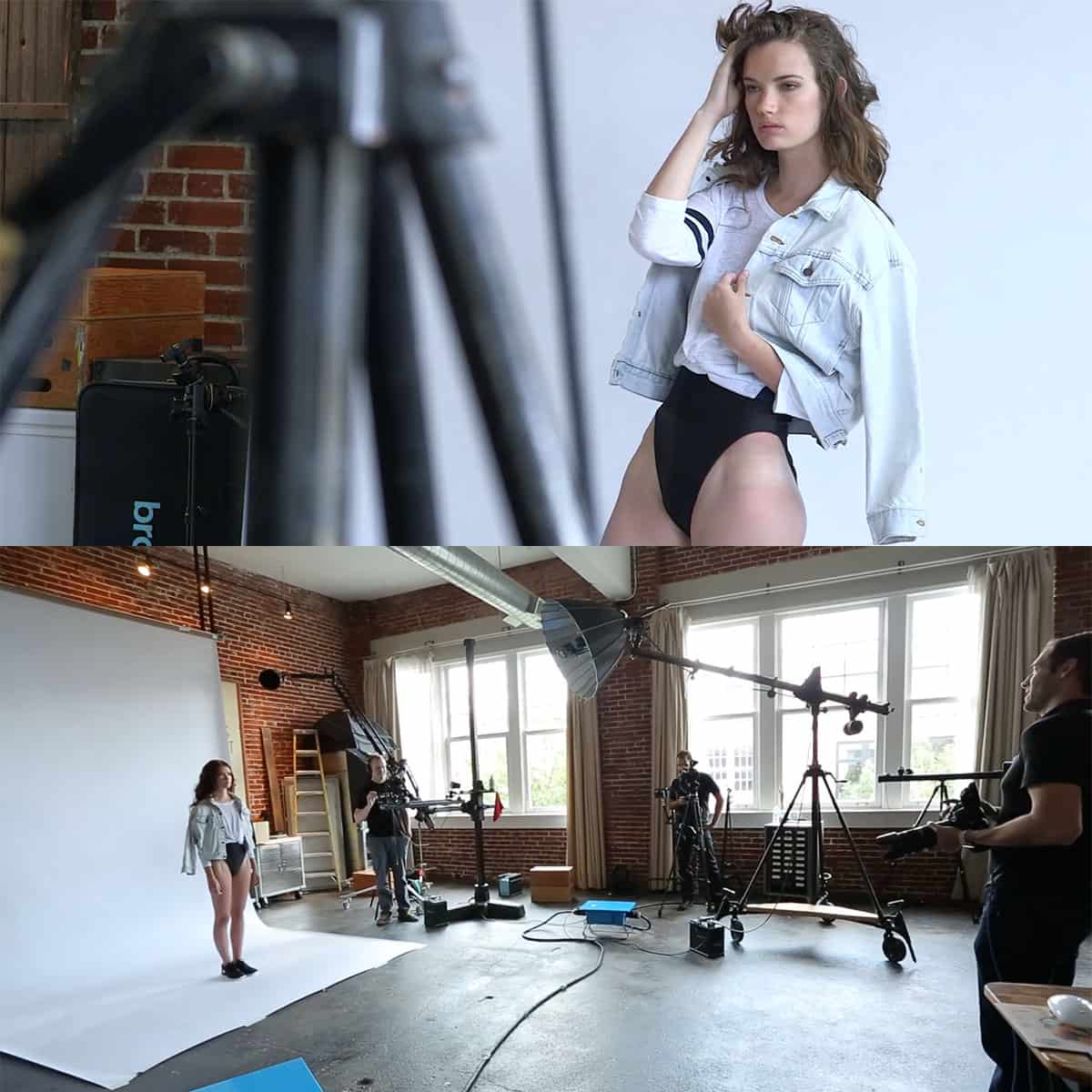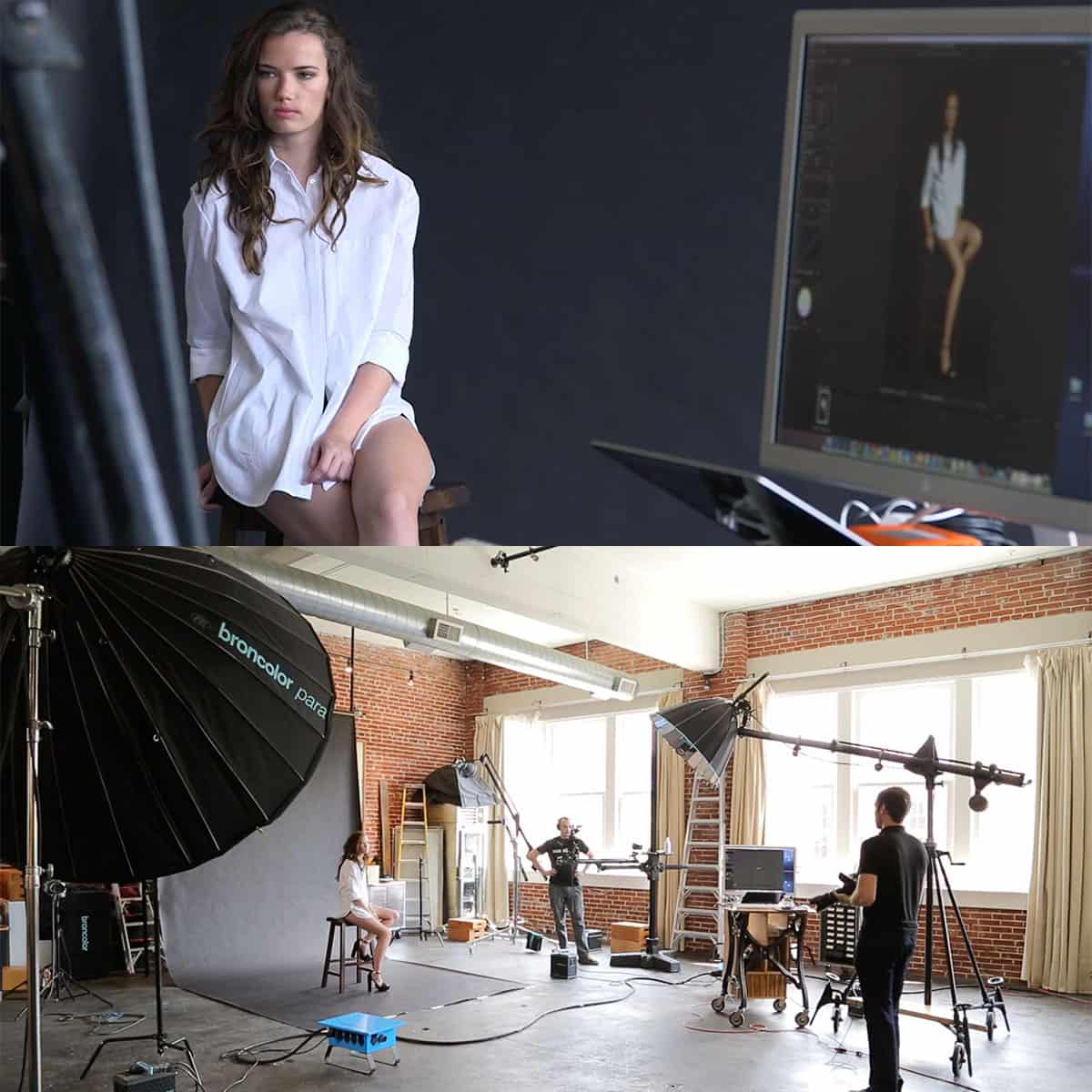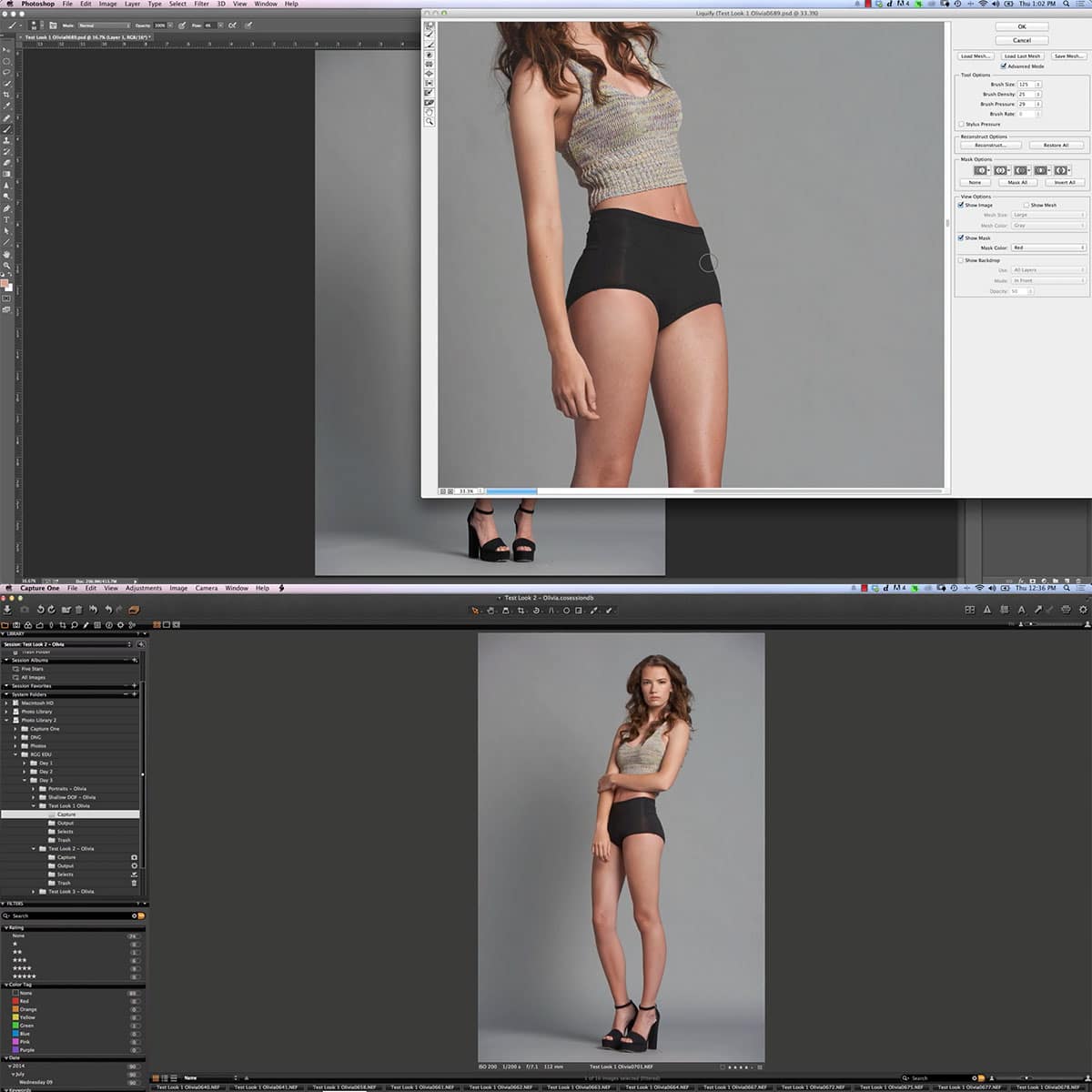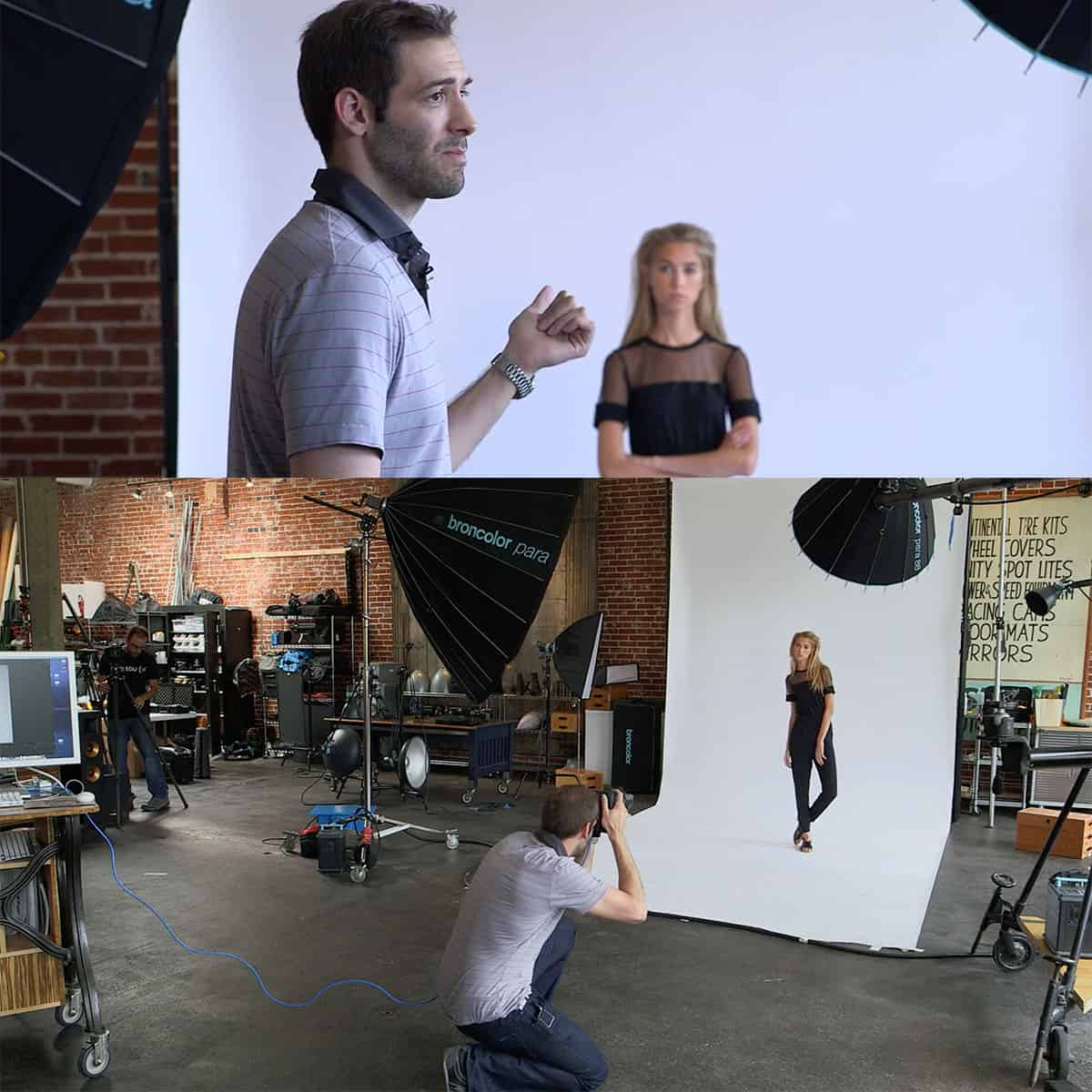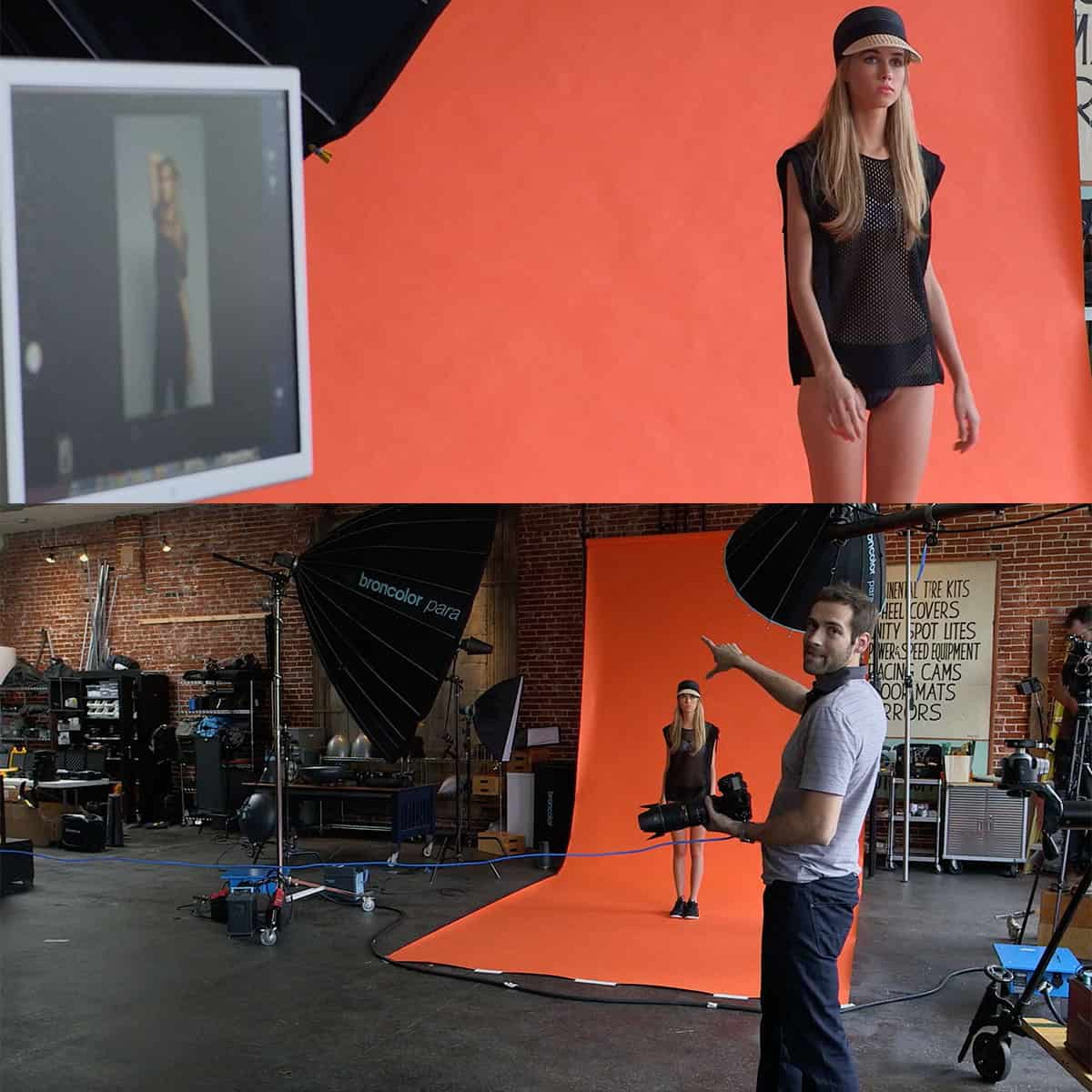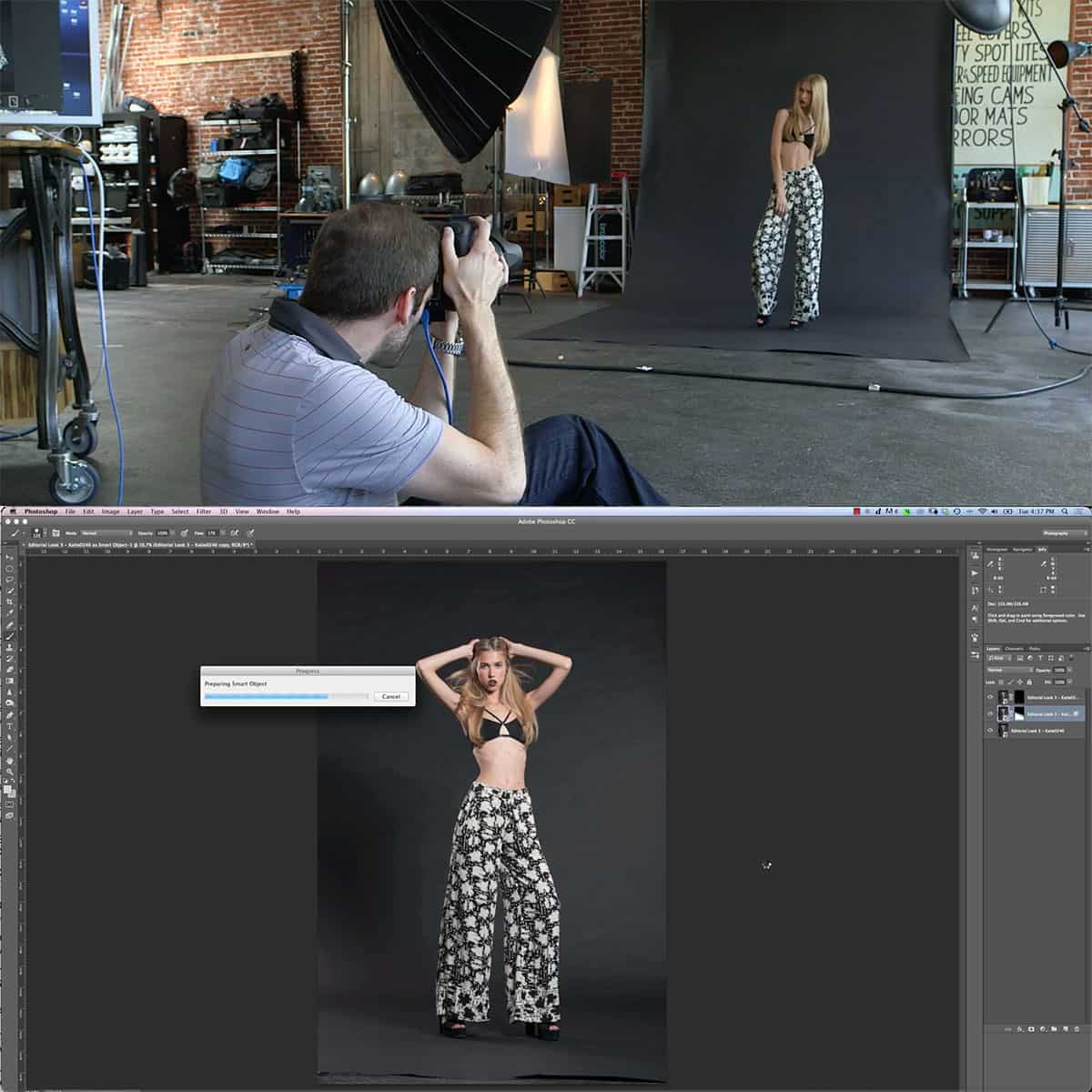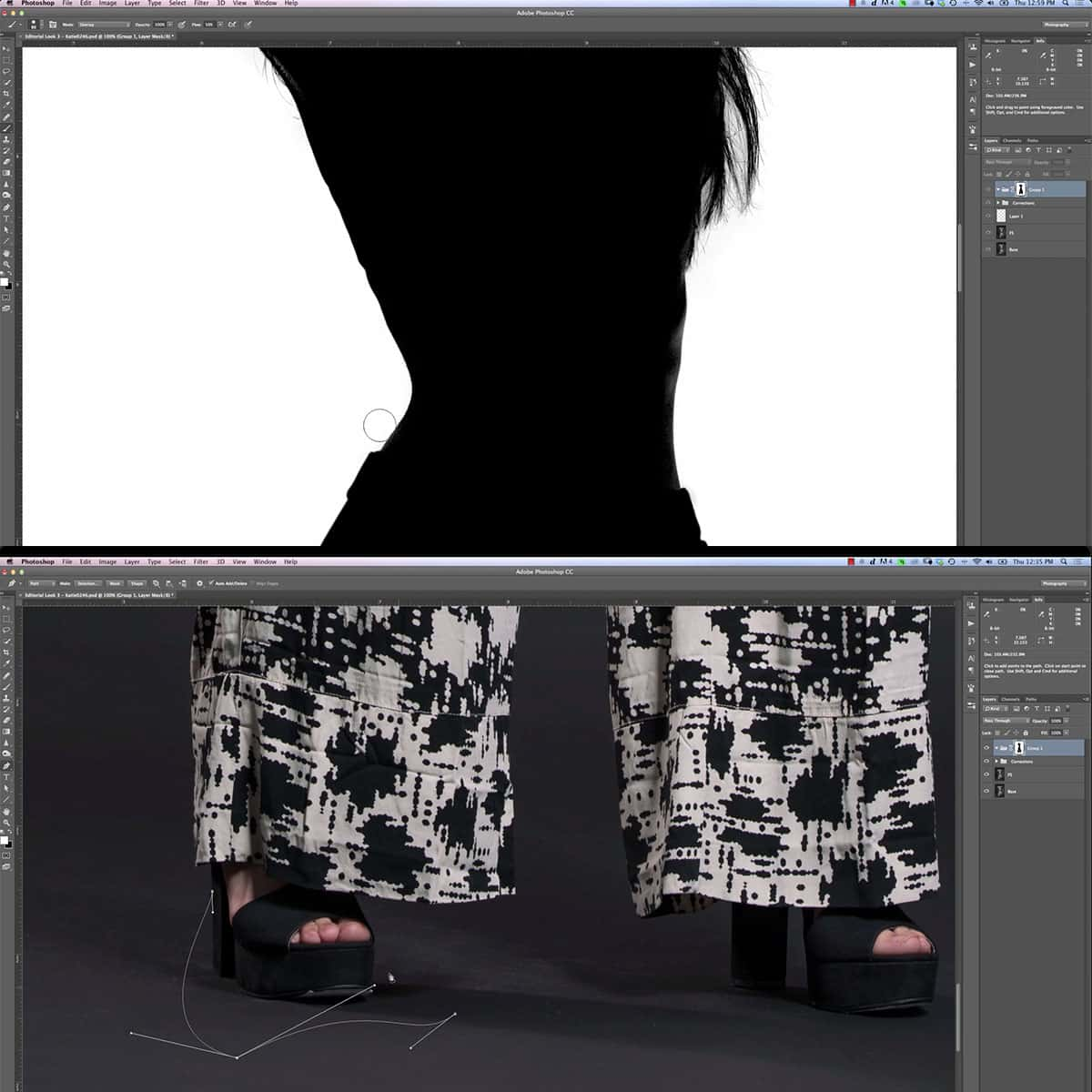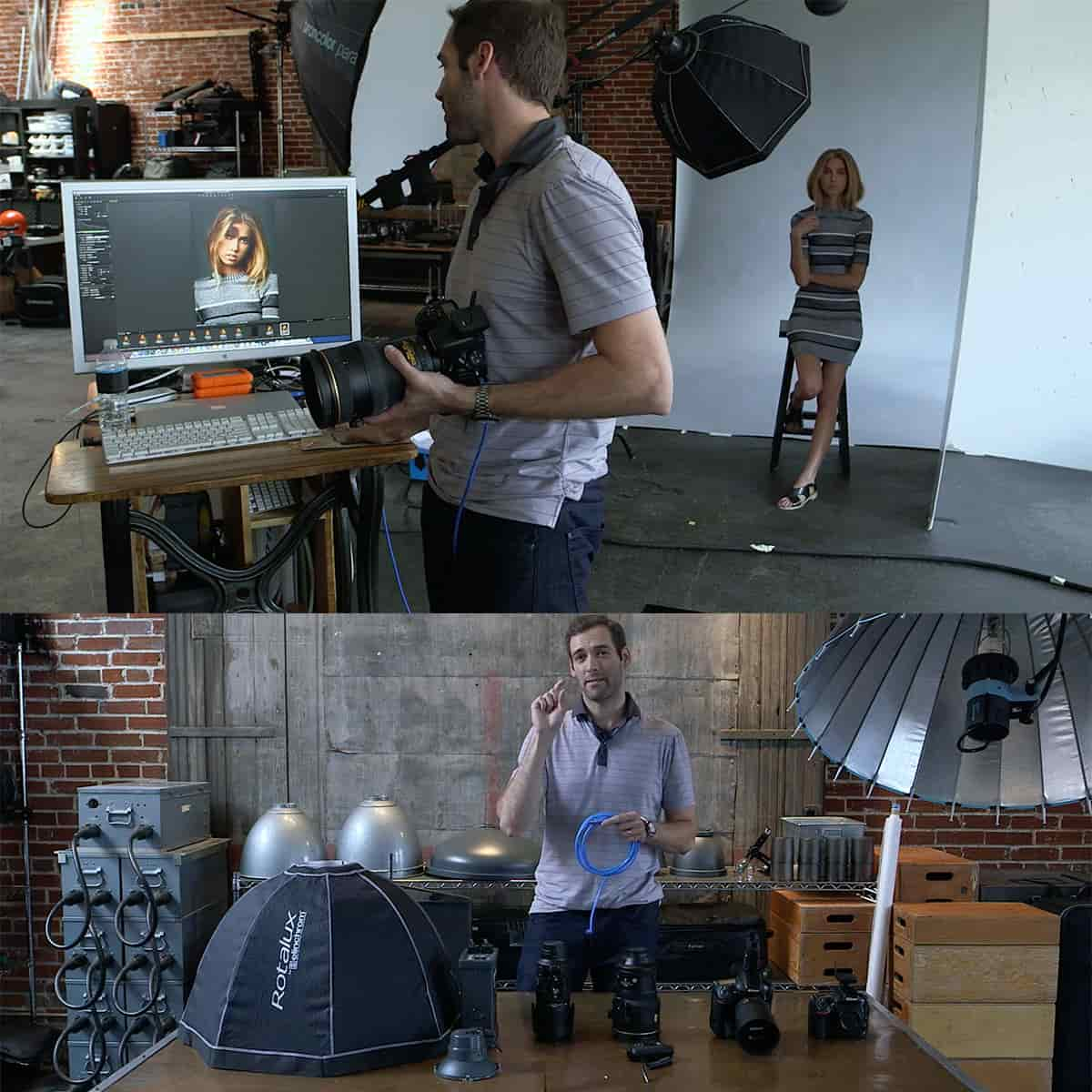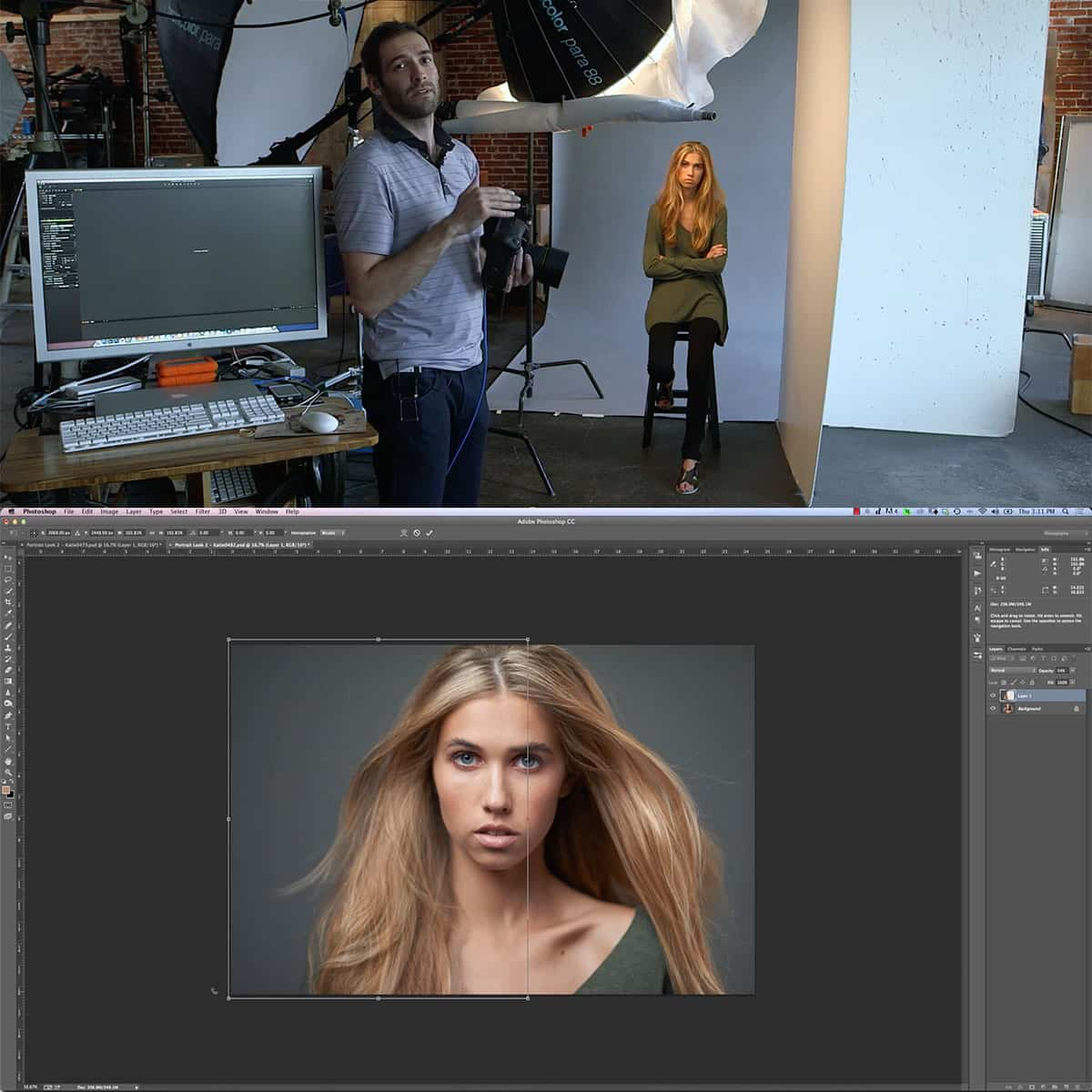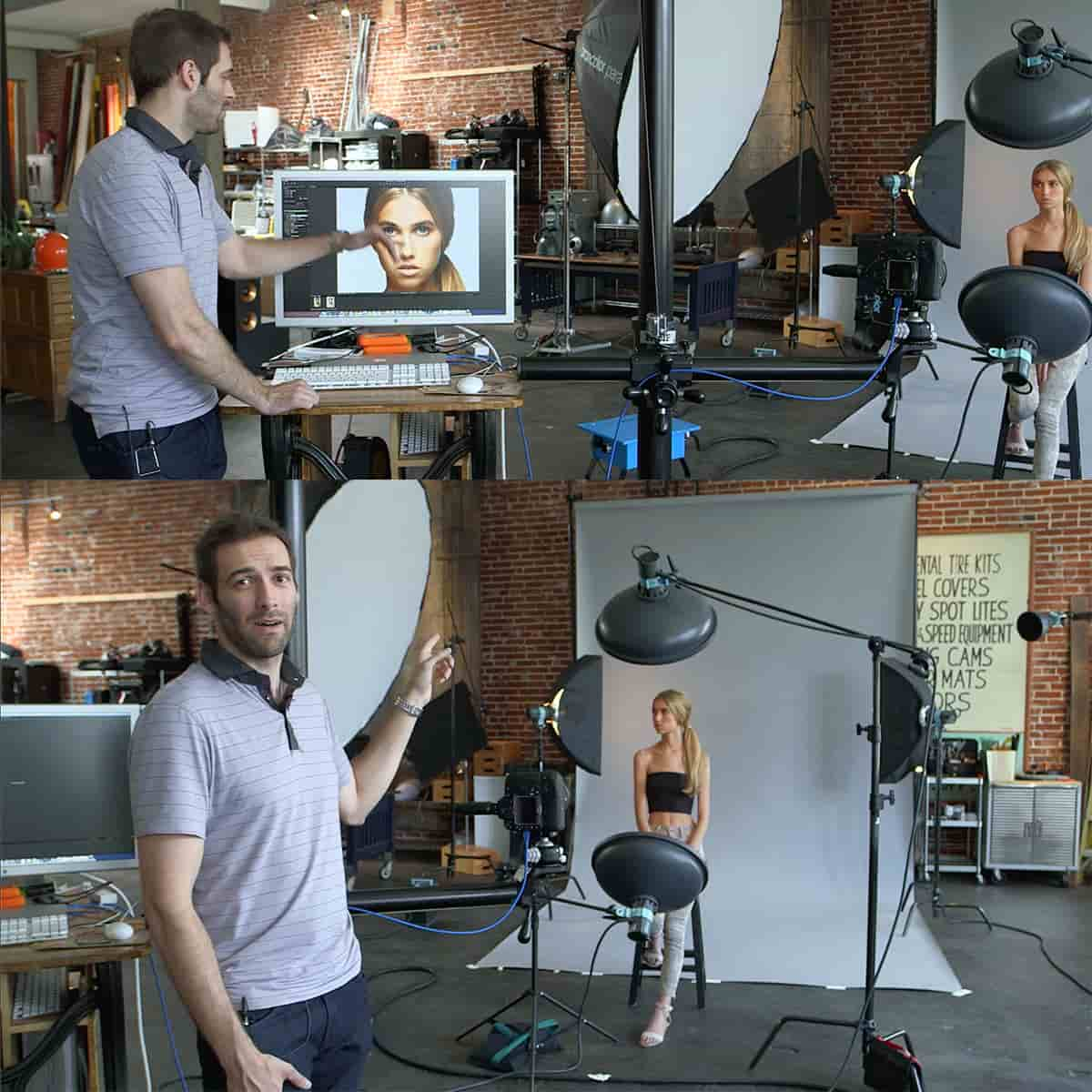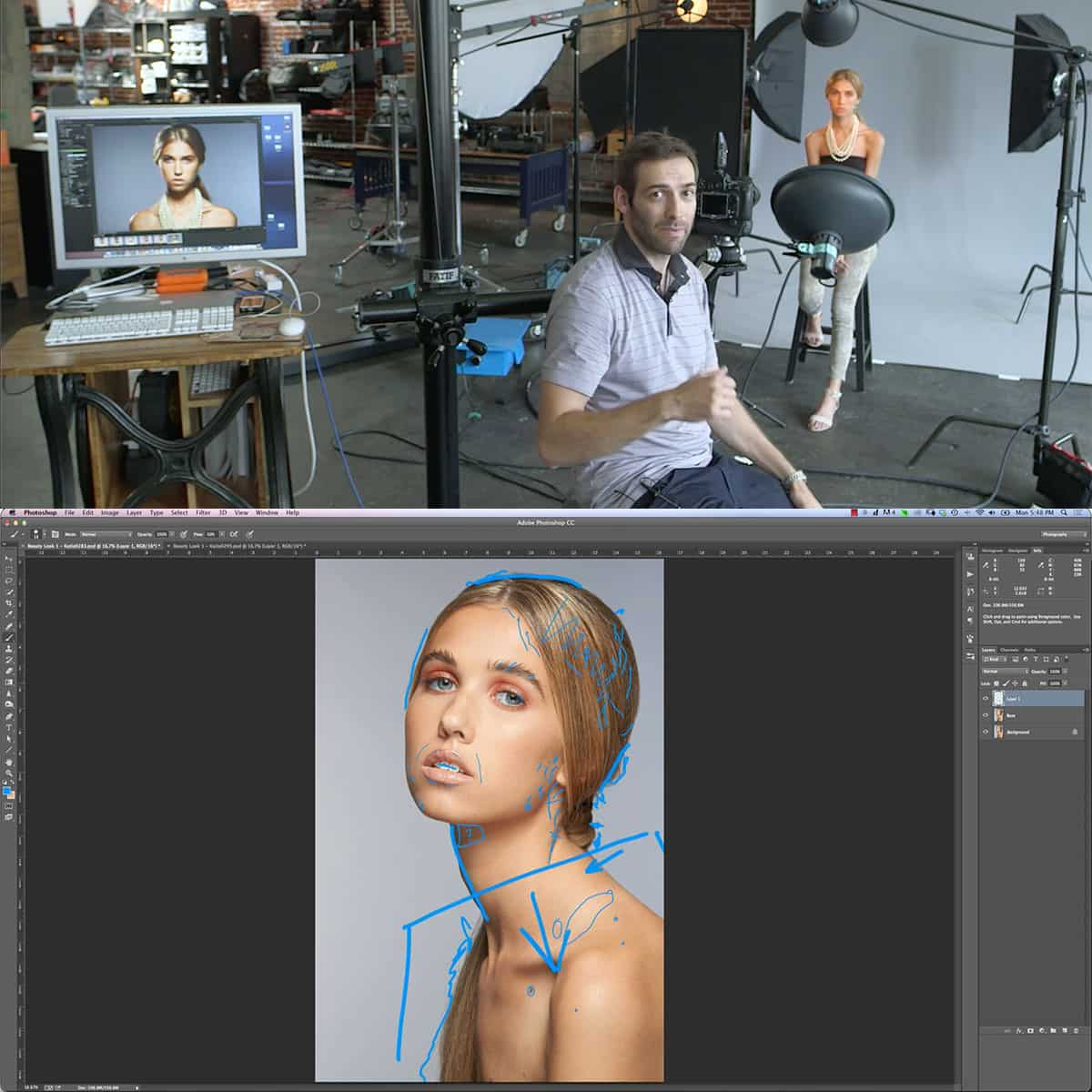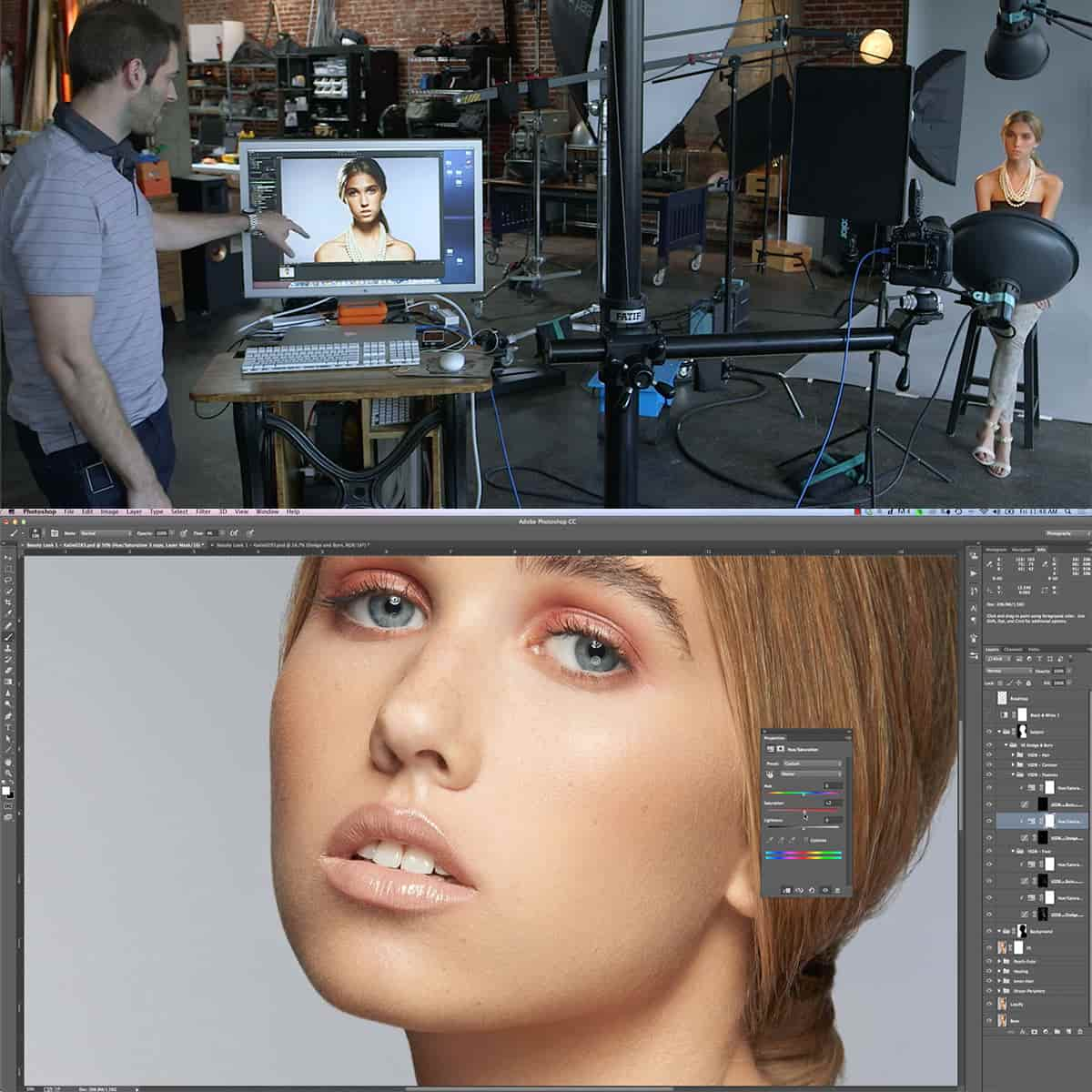Mastering the Viewfinder: A Photographer's Guide to Effective Composition
Mastering the viewfinder is a crucial skill for any photographer looking to take their art to the next level. The viewfinder serves as the primary means of composing and framing our images. As we look through this small window, we need to understand its intricacies to make the most out of our photography sessions.
Whether we use a DSLR or a mirrorless camera, the viewfinder helps us scrutinize various aspects such as exposure, depth of field, and focus. By mastering its settings and learning how to utilize it effectively, we can ensure our images stand out and leave a lasting impression.
Key Takeaways
- Understanding the viewfinder helps photographers compose and frame their images more effectively.
- Mastering viewfinder settings can lead to improved exposure and focus in photographs.
- Advanced techniques and practical applications of the viewfinder contribute to the development of a photographer's skills.
Understanding the Viewfinder
Optical vs Electronic Viewfinders
We can differentiate between two main types of viewfinders: optical viewfinders (OVF) and electronic viewfinders (EVF). Optical viewfinders use a series of mirrors and prisms to show the image directly from the lens. In contrast, electronic viewfinders display a digital image captured by the camera's sensor on an LCD or OLED screen. You can learn more about electronic viewfinders in this Digital Photography School article.
OVFs are commonly found in DSLRs, while EVFs are more common in mirrorless cameras. Each type has its advantages and disadvantages. For example, OVFs offer a more natural view of the scene with no delay, while EVFs provide exposure preview, focus peaking, and other helpful digital features.
SLR and DSLR Viewfinders
Single-lens reflex (SLR) and digital single-lens reflex (DSLR) cameras typically use optical viewfinders. In these cameras, light enters the lens and is reflected by a mirror to the viewfinder. When the shutter button is pressed, the mirror flips up, allowing light to reach the film or sensor.
Since DSLR viewfinders rely on an optical system, what you see through the viewfinder is the actual, unaltered scene. This can be helpful for framing and composing images, but it may not give you precise feedback on exposure or other digital settings. You can learn more about viewfinders in DSLRs from The Phoblographer's guide.
Mirrorless Camera Viewfinders
Mirrorless cameras, as the name suggests, do not have a mirror system like SLRs and DSLRs. Instead, they use electronic viewfinders to display a live image of the scene captured by the sensor. This live preview allows you to see the effects of exposure settings, white balance, and other adjustments in real-time before taking the shot.
While electronic viewfinders may have a slight lag compared to optical viewfinders, their ability to provide instant feedback on various settings makes them invaluable for understanding how changes will impact the final image. This Shotkit article offers helpful information on how to use the viewfinder effectively in mirrorless cameras.
Mastering Viewfinder Settings
Exposure Settings
When using a camera's viewfinder, one of the most important aspects is adjusting the exposure settings. This involves balancing aperture, shutter speed, and ISO to achieve a properly exposed image. Selecting the right mode, such as M (manual), Av or A (aperture), S or Tv (shutter), or P (program), allows you more control over exposure.
ISO Settings
ISO settings determine your camera's sensitivity to light. We recommend starting with an ISO value around 100-200 for daylight or well-lit scenes, while increasing it as needed for darker situations. Remember, raising ISO can introduce noise to your images, so always try to find an appropriate balance.
White Balance and Metering Modes
Adjusting the white balance ensures accurate color representation in your images. Most cameras have automatic and preset white balance options, but for more control, you can select a custom white balance setting.
Metering modes help your camera determine the correct exposure in different lighting situations. Some common metering modes include evaluative, center-weighted, and spot metering. Experiment with these to see which one works best for your shooting conditions.
Autofocus Modes
Autofocus modes determine how your camera focuses on your subject. One-shot or single focus mode is suitable for stationary subjects, while continuous or AI servo mode is helpful when capturing moving subjects. Another option is the hybrid mode, which combines features of both single and continuous modes.
Manual Focusing
Sometimes, using manual focus can give you more control over the focus of your image. This is especially true when dealing with challenging situations such as low light or complex subjects. To utilize manual focusing, switch your camera's focus mode to manual and adjust the focus ring on your lens until the desired sharpness is achieved.
Composition and Framing with the Viewfinder
Using the Rule of Thirds
When composing a shot, we recommend using the Rule of Thirds. With this rule, imagine dividing the frame into a 3x3 grid. The most important elements of your scene should align with or fall near the intersecting points of the gridlines. This technique provides a visually pleasing result and helps to balance the weight of the image.
Spot Metering Vs Centre Weighted Metering
Metering helps in determining the correct exposure for your subject. Spot metering measures the light from a small area in the viewfinder (usually around 2-5% of the frame). It's useful when you want to expose a specific part of your scene correctly, especially when dealing with high contrast situations.
Centre weighted metering, on the other hand, takes into account the whole frame's light but assigns greater importance to the center area. This method works well with evenly lit subjects or scenes where the main subject is centrally placed within the frame.
Understanding the Live Histogram
When using a digital camera, it's important to understand how to read the live histogram. This chart displays the distribution of brightness in your image, with shadows on the left and highlights on the right. A well-exposed image typically has a balanced distribution of tonal values.
To avoid loss of detail in the shadows or highlights, we advise keeping an eye on the histogram while adjusting your exposure settings. It's a powerful tool that can help improve the quality of your photographs and ensure your exposures are accurate.
Advanced Techniques and Applications
Using a Tripod with the Viewfinder
When utilizing a tripod, it becomes crucial to properly align the viewfinder to ensure the composition remains steady. By adjusting the tripod's height and angle, we can achieve the desired perspective without straining our neck or back. Some photographers even prefer using an angled viewfinder or a camera with an articulating screen to maintain a more comfortable position while shooting.
A tripod provides significant advantages when it comes to the stability of our shots. As professional photographers, we appreciate the added sharpness and reduced camera shake that tripods offer, particularly for long exposure or macro photography. Moreover, a sturdy tripod can prove beneficial when capturing panoramas or utilizing bracketed exposures, as it ensures consistency between the images.
Maximizing Battery Life
Battery life is a critical concern for photographers, especially when capturing time-consuming projects or shooting in remote locations. One way to extend the battery life is by effectively using the viewfinder rather than the live view display on your camera's LCD screen. This approach can drastically reduce power consumption, as electronic viewfinders often demand less energy than LCD screens.
To help preserve your camera's battery life, we recommend turning off unnecessary features such as Wi-Fi, Bluetooth, and image review. Additionally, you can make use of power-saving settings or activate your camera's Eco mode. Carrying extra batteries or a portable power bank is always a wise precaution for professional photographers, ensuring that you're never caught without access to essential power.
In conclusion, mastering the use of the viewfinder is an invaluable skill for photographers. By implementing advanced techniques such as tripod usage and maximizing battery life, we can improve our photography and elevate our craft to new heights.
Frequently Asked Questions
What are the key techniques for mastering the viewfinder?
To master the viewfinder, we recommend practicing proper eye placement and focusing on the subject while keeping the frame's edges in mind. It's also important to understand the information displayed in the viewfinder, such as exposure settings, and to utilize any available viewfinder grids or guidelines.
How can viewfinder mastery improve my photography skills?
By mastering the viewfinder, we can improve our photography skills by achieving precise focus, better composition, and optimal exposure. A well-aligned viewfinder helps us see and understand the frame, leading to more intentional and thought-out photos.
How do professional photographers utilize the viewfinder?
Professional photographers rely on the viewfinder to help them compose their shots and make critical decisions about framing, focus, and exposure. They may switch between optical and electronic viewfinders depending on their preferences and shooting situations.
What are the differences between optical and electronic viewfinders?
Optical viewfinders (OVFs) use mirrors and prisms to provide a direct view of the scene, while electronic viewfinders (EVFs) display a live video feed from the camera's sensor. OVFs offer a true-to-life view, whereas EVFs, although sometimes prone to lag or artifacts, offer real-time exposure previews, focus assist, and other helpful features. Read more about the differences between OVFs and EVFs.
How can I choose the right viewfinder for my needs?
Choosing the right viewfinder depends on factors such as the type of photography you do, personal preferences, and the specific features you need. Test out both OVF and EVF systems to find a viewfinder that best suits your style and requirements.
What is the role of viewfinder grids and guidelines?
Viewfinder grids and guidelines aid in composition, ensuring that your images are well-aligned, balanced, and visually appealing. By using these tools, we can follow photography rules such as the rule of thirds or the golden ratio, resulting in more engaging and harmonious photos.





